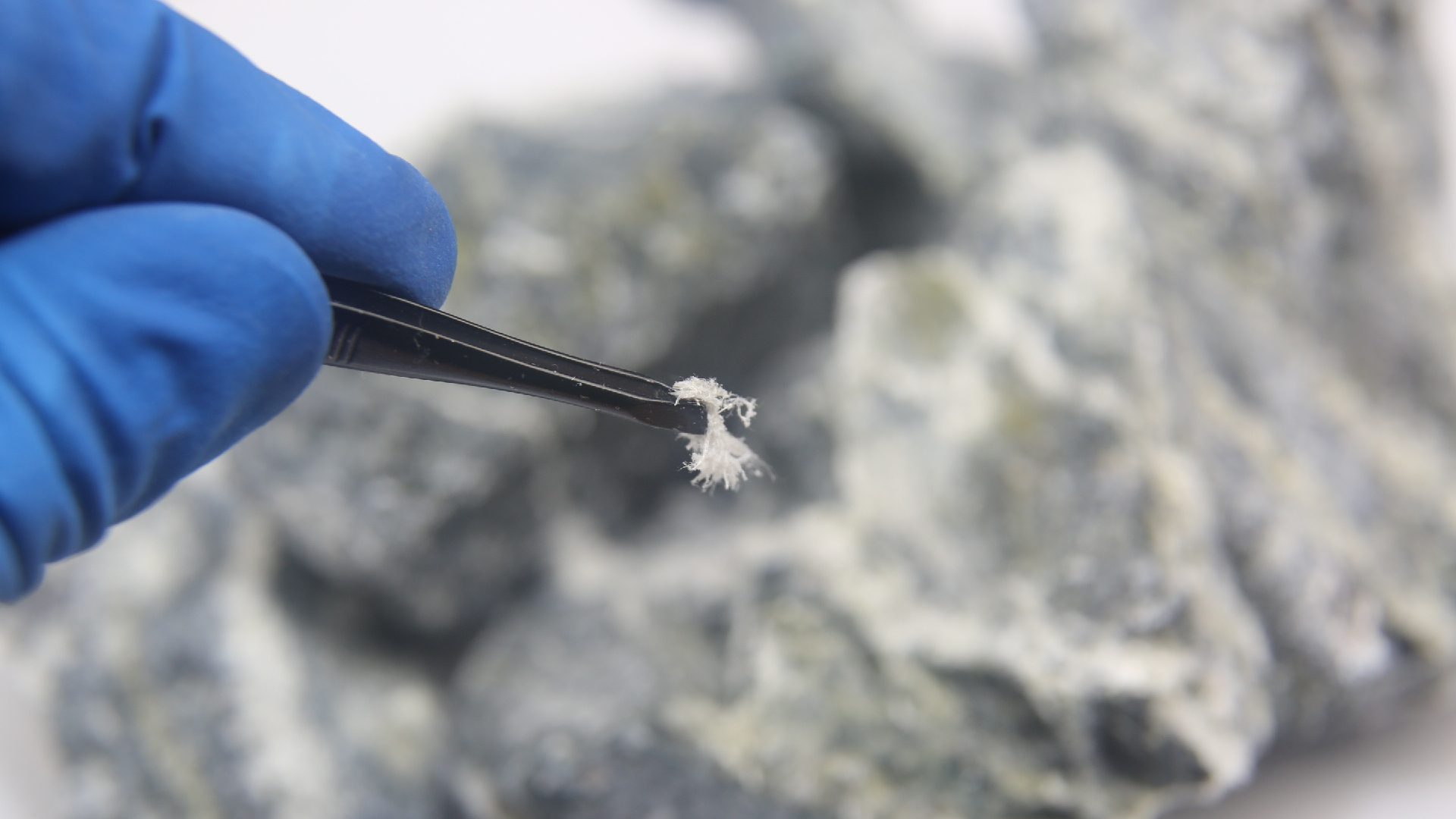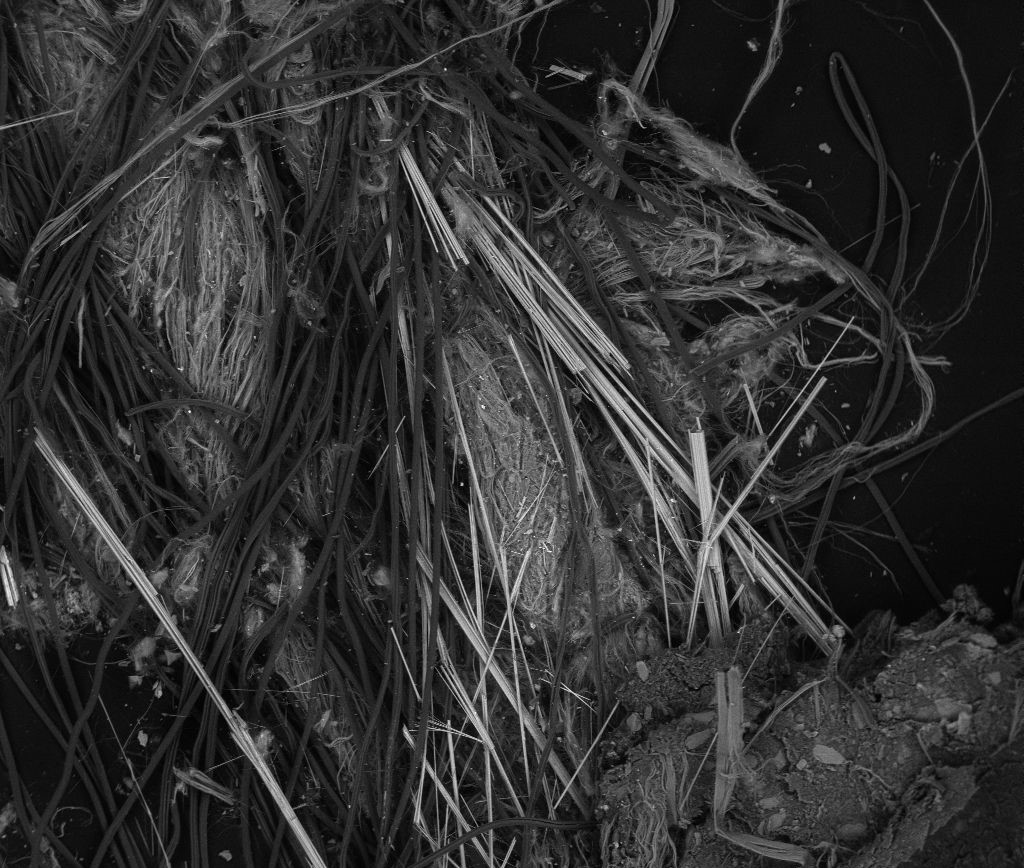Asbestos and artificial glass fibre risk
Specialized Solutions and Technical Support for Environmental Safety
After years of research, the health hazards posed by Asbestos and Fibrous Glass, primarily used as building materials, are well-known. Our technicians have developed expertise and professionalism over the years in managing issues related to this topic, providing comprehensive Risk Management Assistance. This includes taking on the role of Asbestos Risk Manager as per D.M. 6/9/94, drafting the Risk Assessment document, census, monitoring, analysis, and characterization of asbestos and potentially harmful fibers present in workplaces, which may pose a danger to workers and occupants in general.
-----------------------------------------
ASBESTOS QUALIFICATION ACTIVITY PROGRAM

The Ministry of Health has launched the Asbestos Analysis Laboratory Qualification Program for laboratories conducting asbestos analysis and for individuals interested in sampling air-dispersed fibers. This program encompasses qualification activities not only for laboratories but also for all entities performing airborne asbestos fiber sampling.
Only test reports conducted by:
- Qualified Laboratories;
- Qualified Individuals who have performed the sampling.
Will be recognized as valid. Our specialized professionals, accredited services, and advanced instrumentation enable us to support your entity’s needs in training and assisting the above-mentioned individuals.
-----------------------------------------
Asbestos Risk
Asbestos risk refers to potential dangers associated with exposure to a hazardous fibrous mineral that, if inhaled, can cause severe respiratory and health issues. Over recent decades, asbestos was used nearly everywhere due to its heat resistance, insulating properties, and later for its chemical resistance. Today, it is considered one of the most serious and harmful health risks; toxic asbestos fibers disperse in the air and settle in the lungs where they cause inflammation and other long-term damage. Asbestos can be found in most acoustic and thermal insulation, pipe and boiler linings, roofing materials, floor tiles, and even in vehicle brakes and gaskets. High potential for asbestos contact occurs during the replacement of old building materials and demolition by builders and maintenance workers like plumbers and electricians. In many countries, asbestos has been banned or regulated, and laws require the identification and assessment of risk, proper disposal, and monitoring of areas with the heavy contaminant.
If you suspect the presence of asbestos in a building or area, it is crucial to contact experts for safe management and rely on qualified professionals. Exposure can be avoided by adopting appropriate preventive measures.
Artificial Vitreous Fibers (AVF) Risk
 Artificial Vitreous Fibers are a man-made material that poses health risks related to inhaling or contacting these fibers. AVFs include synthetic fibrous materials often used for thermal and acoustic insulation. They are widely used in thermal and acoustic insulation materials, fireproof claddings and seals, industrial filters, and building materials (roofs, pipes, and panels).
Artificial Vitreous Fibers are a man-made material that poses health risks related to inhaling or contacting these fibers. AVFs include synthetic fibrous materials often used for thermal and acoustic insulation. They are widely used in thermal and acoustic insulation materials, fireproof claddings and seals, industrial filters, and building materials (roofs, pipes, and panels).
Who is at risk?
- Construction and industrial workers: during the production, installation, or removal of AVF-containing materials.
- Maintenance staff: in contact with old insulation or filtration systems.
- Building occupants: in case of deterioration or damage to AVF-containing materials.
Although less hazardous than asbestos, AVFs must be carefully managed to minimize health risks. Using safer materials, training workers, and complying with safety regulations are essential to prevent exposure-related issues.
REQUEST A PERSONALIZED CONSULTANCY
You might be interested in: Compliance and risk assessment | Chemical/carcinogenic risk | Radon risk